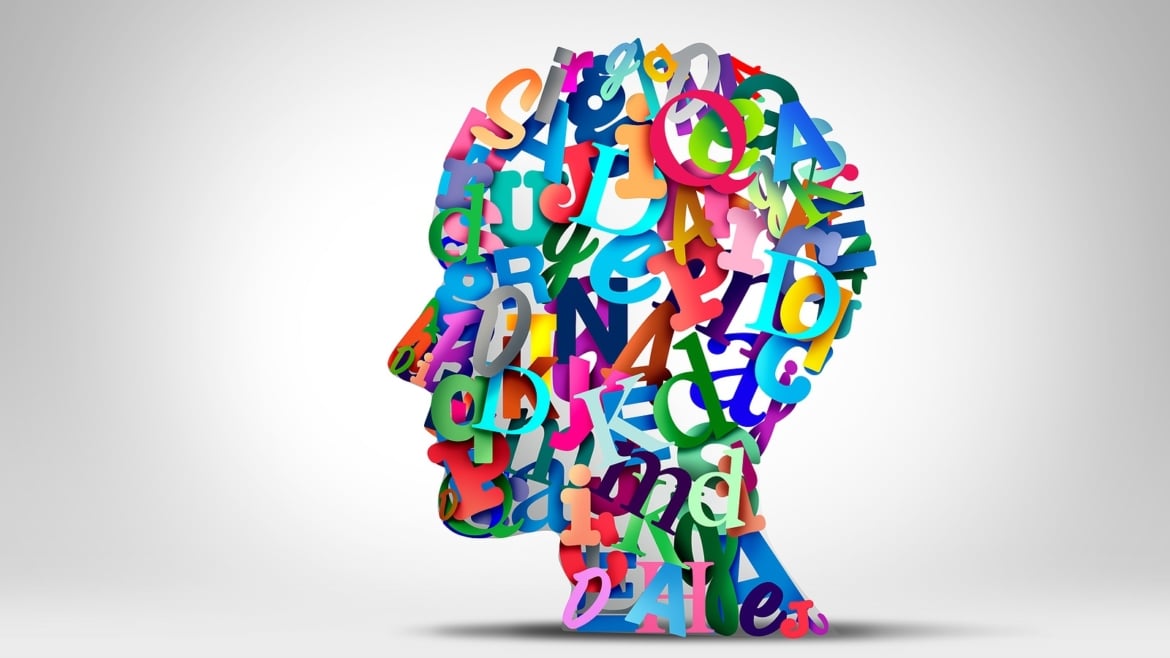If you’ve watched the film “Rain Man,” you’re familiar with how autism is depicted- the robotic speech patterns and card-counting skills displayed by Dustin Hoffman’s character. However, it is noteworthy that these characters do necessarily project the true nature of all autistics.
Autism manifests differently across each individual diagnosed with it, which is why neuroscientists from the University of Maryland are studying if this diversity in ASD could stem from the diverse wiring of brain regions.
Autism & auditory challenges
Recent statistics have reported one in every 36 children as being on the spectrum. To bring the picture to you, that is almost 3% of the population. It may look negligible, but imagine that three of every 100 children have developing issues with communicating and interacting socially. Researchers say that Autism disorder primarily affects communication.
It may also produce difficulties with attention and listening, like increased sensitivity to noise or the need for ear protection or headphones. This has led researchers such as Francis to investigate how changes in auditory systems could contribute to ASD.
Here’s a statement from Francis: “The auditory cortex consists of neurons that mostly react to sound, however, our recent discoveries have demonstrated that these same neurons also hold other kinds of knowledge related to perception, recollection and decision-making. These elements influence the total auditory reaction in the brain, and their impairment may be associated with autism spectrum disorder.”
examining neurons
To understand neurological conditions such as autism, researchers in the field of neuroscience have been examining neurons alone for many years, Babadi suggested. He further noted that although every single neuron in the brain may be operating correctly, it may still be challenging to come together and interactively solve a problem.
Currently, Babadi and Francis are assessing how the corpus callosum’s underdevelopment impacts neural communication. They accomplish that by recording brain activity in a mouse autism model. For those unfamiliar with the corpus callosum comprises nerve fibers that bridges between left and right hemispheres; they allow for communication between both brain spheres.
If the corpus callosum is not well developed or perhaps removed entirely, then this can affect signal transition in certain parts of the brain, which most likely can cause a person to be diagnosed with autism. This corpus callosum condition has been identified in about one-third of children diagnosed with autism.
effect of prenatal noise exposure
Again To investigate the effect of prenatal noise exposure on brain development, Francis utilized the BBI SAMRI to conduct high-resolution scans of mice and measure any deficits in corpus callosum growth. In addition, experiments were implemented to determine the brain network activity when the animals responded to auditory stimuli.
It is anticipated that functional MRI imaging at the SAMRI will reveal a reduction in cross-region activation in the rodent brain. Yet, the lack of interplay between remote brain sections could only make up a portion of the explanation.
A prevailing speculation surrounding the source of autism’s manifestations is that while overall connectivity within the brain may be weaker, individual areas of the brain could display an elevated level of connectivity.




